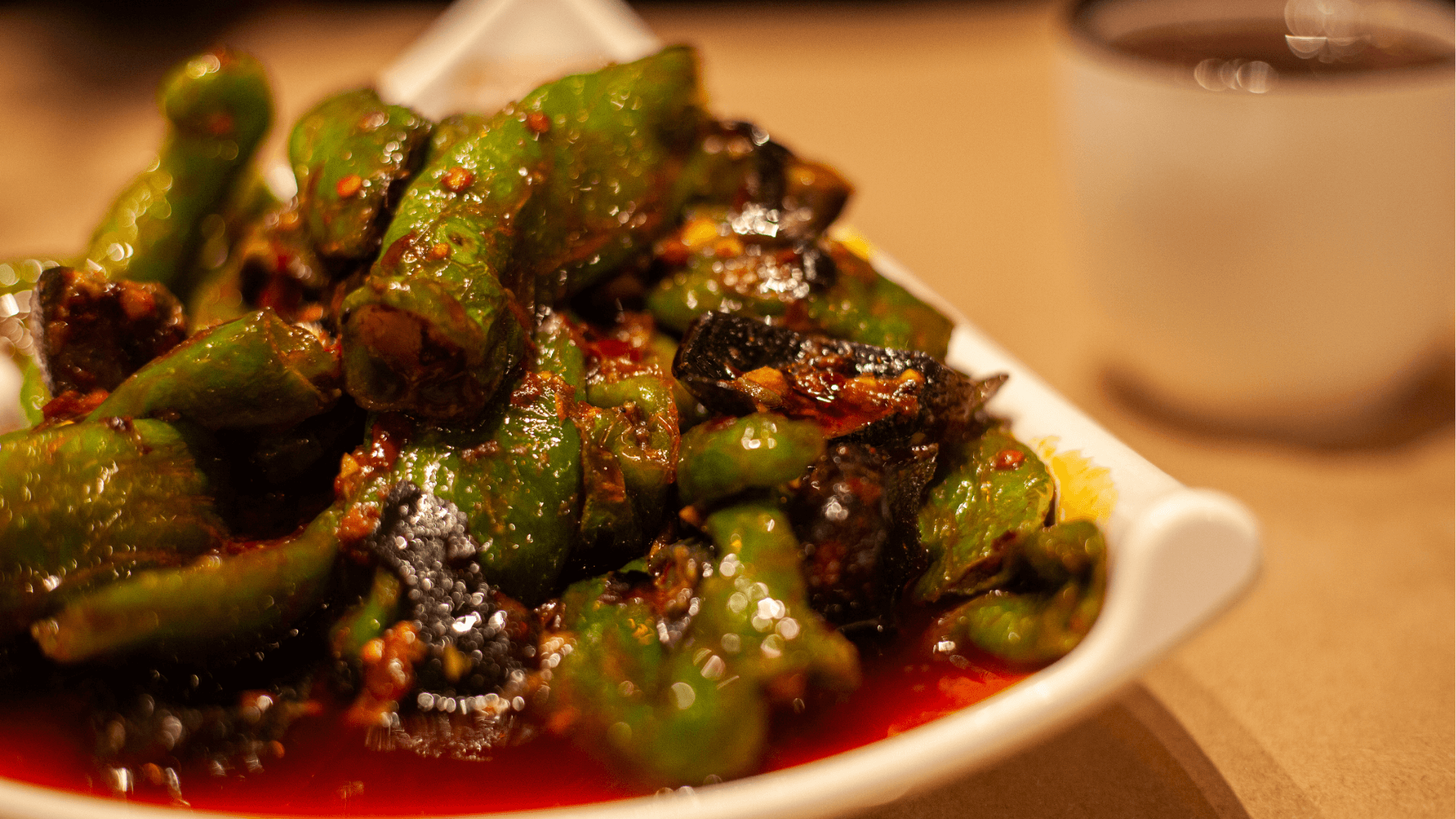Tomato sauce and mayonnaise. These are most likely the first condiments that pop into your mind when you hear the term. While these are undeniably essential on a plate of chips, they also blanket the whole wide world of condiments into a single category: soulless, generic products designed to go with junk food. The purpose of this article is to get you to think about condiments in a new light.
The broad definition of a condiment is “a prepared ingredient added to food, typically after cooking, to enhance flavour, or compliment a dish”. The term comes from a mash up of two Latin words, condimentum (meaning spice, seasoning or sauce) and condire (to preserve, pickle or season).
This hints at the wide range of options that fall under this banner, including everything from the classics to specialties such as chimichurri, fermented hot honey, Egyptian dukkah, and so much more.
I like to think of condiments as a trick up the sleeve that elevates a meal from average to exceptional. And the best part is that doing so is generally very low effort, as condiments tend to be pre-made.
Let’s divide condiments into categories, or profiles.
Consider the excellent book Salt, Fat, Acid, Heat by Samin Nosrat. I like to use this as a guide to assess what could add intrigue or the finishing touches to a dish. The only change is that in my version, heat equals chilli. I also add three more to the list: umami, texture and temperature.
So, when tasting a perhaps slightly bland dish, don’t panic! Think about these seven categories to determine what you could add to make it shine. Whatever it is you’re cooking, I’m willing to bet that there’s an ideal condiment to level it up.
Salt
Maldon salt is an essential pantry staple. Designed as a finishing salt (i.e. a condiment), this fine and flaky salt is perfect for sprinkling over a completed dish if it just needs a little something.
I’d strongly recommend swapping your salt grinder for a little pinch pot of Maldon.
Seasoning with your fingers also adds a sensory experience to the meal. Another option to consider is using fish sauce, anchovies or soy sauce as a salt substitute. A dash of fish sauce in a Thai curry, or some chopped anchovies in a tomato pasta do wonders.
View this post on Instagram
Fat
Fat is a flavour carrier – many flavour compounds are soluble in fat – and this is often why we tend to love fatty foods. But instead of cooking with a load of oil, consider finishing a dish with a small amount of a rich condiment instead. This is a much healthier option, and adds nuance.
One of my favourites is a dollop of crème fraîche on top of say roast butternut or even a spicy curry. Using olive oil as a condiment is also highly underrated. Again, this is the healthier way to add fat to your food, and heating olive oil destroys the flavour compounds in any case. Drizzle over salads, pasta, pizza, or just about anything really.
Acid
Acid makes the mouth water, it’s as simple as that. I recommend the bright freshness of lemon juice on veggies or salads. Black vinegar (available from an Asian supermarket), makes the perfect dumpling dipping sauce when simply mixed with soy sauce.
Rozendal vinegar is an absolute local gem which I use on a huge range of dishes. Perfect simply whisked with olive oil and salt as a salad dressing, as a replacement for balsamic vinegar for dipping bread, or to balance out a Bolognese or tomato sauce.
Heat
Remember, this now means chilli or spice! In this category, your local Asian supermarket will be your best friend. The shelves are generally packed with spicy options that are almost always superior to the unfortunately ubiquitous Tabasco.
While not everyone is a fan of the burn, for me a bit of chilli with pretty much every meal gives a little endorphin rush that is hard to beat, and serving it on the side saves more sensitive diners from pain.
The Indonesian chilli sauce Sambal Oelek is one of my favourites. It is outrageously delicious mixed with melted butter and drizzled over homemade popcorn. Other favourites are chilli crisp, Korean gochujang and tinned chipotles in adobo. While you’re at the Asian supermarket, pick up a bottle of Kewpie mayo. If you can’t live without this classic condiment, this brand is simply the best.
Umami
That elusive fifth sense of taste. While tough to identify, a dish is always better when it’s there. Underrated options here are adding a tablespoon of nutritional yeast, especially to creamy sauces or dressings, or a pinch of powdered MSG in a broth. I’m aware that this is frowned upon, but I believe this is unwarranted, so please give it a whirl. Fish sauce, anchovies, and Parmigiano Reggiano cheese also provide an umami hit.
Texture
Think croutons on a Caesar salad, crunchy garlicky breadcrumbs on spaghetti aglio e olio, or freshly toasted seeds on soft roasted root veggies. Absolute game changers. This is an oft forgotten aspect of a balanced dish, and as crunch tends to soften over time, it’s almost always better to add it at the end, as a condiment.
Temperature
The contrast between hot and cold in a dish is a fantastic culinary experience. That dollop of crème fraîche mentioned above fulfils this role, as does a simple fresh salsa of chopped tomato, onion and coriander with Mexican or Indian dishes.
Pickles are another superb cold contrast to a hot meal. Perhaps this is pushing the concept, but how about a tiny side salad as a condiment to a lasagne fresh out the oven? For me that’s a flawless finishing touch.
As a final word of advice, use your condiments selectively. The whole point is contrast. Variety is the spice of life after all, and it will lose its zing if every meal has the same toppings.
Hopefully this is the inspiration you were needing to break free from the drudgery of boring condiments. The wide world of deliciousness awaits.



0 Comments